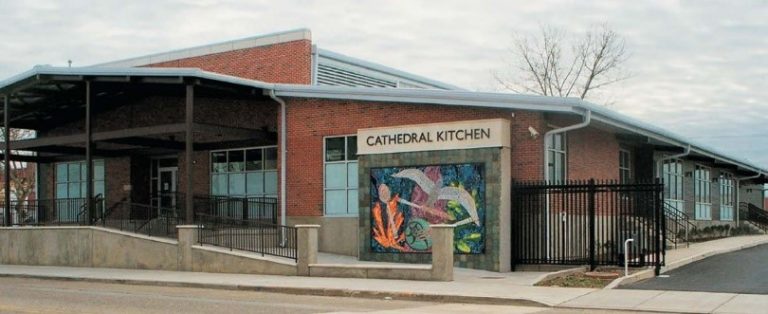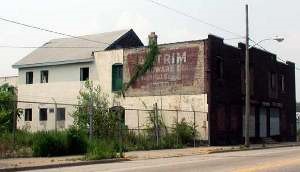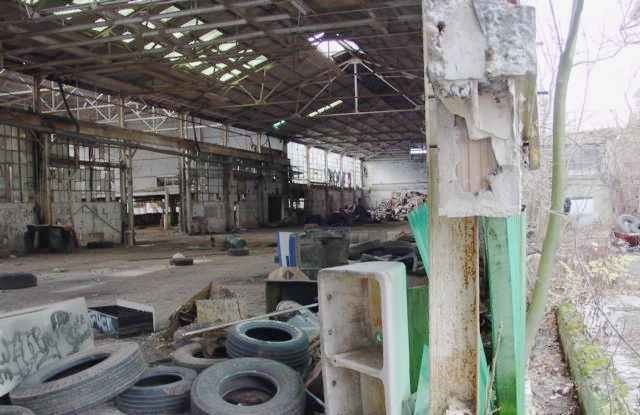August 25, 2020
DEP : It’s 2002, Looking to Turn Brownfields into Greener Spaces
Abandoned buildings, piles of trash and weeds growing wild are what remain on many properties that once housed industrial powerhouses in New Jersey. These spaces, often fouled with contaminants, are known as “brownfields.”
The state, under the DEP’s Site Remediation Program, has cleaned up many of these areas – eliminating eyesores that contribute to neighborhood deterioration, lower property values and limit economic growth.

In Camden, a brownfield project on the site of a former hardware company not only involved fixing a hazardous situation, but also feeding the hungry.
For several years, the site of the former Antrim Hardware sat empty. Testing had uncovered volatile organic compounds and lead in the ground water, as well as semi-volatile organic compounds, lead and arsenic in soil of the Federal Street property.
The city, which eventually took over the site, applied for financial support for the remediation work through the Hazardous Discharge Site Remediation Fund, according to the state’s Site Remediation and Waste Management Program.

The DEP was a partner in remediation funding through its Hazardous Discharge Site Remediation Fund (HDSRF), allocating approximately $39,500 of the total $335,665 cost to fully remediate the site. Funds also were provided through a Community Development Block Grant and the other sources.
The Cathedral Kitchen, whose mission is to provide nutritious meals to the poor and hungry of Camden, moved into a new $3.5 million facility on the land in 2008, following the completion of the cleanup. The new facility not only bolsters Cathedral Kitchen’s mission, but also models sustainability as a LEED certified building.
As work like this continues all over New Jersey today, we look back at when New Jersey jump-started its brownfield rehabilitation efforts by establishing an Office of Brownfield Reuse.
And now, a look at 2002 …
In 2002, the DEP created the Office of Brownfield Reuse to implement new policies and programs aimed at accelerating the rehabilitation of contaminated sites in New Jersey.
The term “brownfields” – as defined by a 2002 DEP policy directive – refers to abandoned, idled or underutilized industrial or commercial sites on which redevelopment is complicated by actual or perceived environmental contamination, including sites where cleanup has been completed but redevelopment has not yet begun.
By 2002, the state had identified more than 12,000 such sites – a legacy of New Jersey’s long industrial history.
The DEP’s new brownfield policies would focus on reducing regulatory uncertainty and inefficiencies in existing site remediation regulations, expanding potential reuses of brownfield sites and promoting zero tolerance of the “warehousing” of sites by owners to avoid or delay remediation.

In a 2002 press release, new DEP Commissioner Bradley Campbell stated: “A strong brownfield reuse program is a vital component of Governor (James) McGreevey’s smart growth efforts to stem the tide of sprawl, channel new development to cities and towns, and create a broader range of choices and more livable communities for businesses and families in New Jersey.”
In his 2002 Executive Order No. 4, then-Governor McGreevey promoted “smart growth” policies aimed at revitalizing existing urban centers and encouraging walkable, mixed-use, transit-centered development of the kind favored by the burgeoning New Urbanism movement.
###